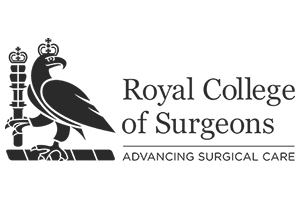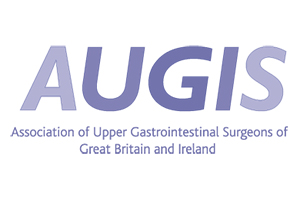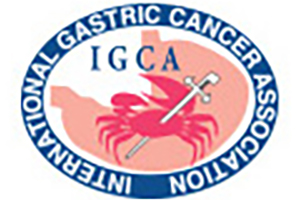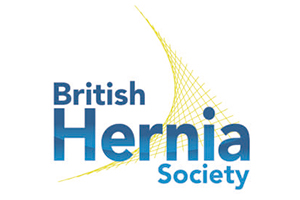Achalasia is a rare disorder of the food pipe (oesophagus), which can make it difficult to swallow food and drink.
Normally, the muscles of the oesophagus contract to squeeze food along towards the stomach. A ring of muscle at the end of the food pipe then relaxes to let food into the stomach.
In achalasia, the muscles in the oesophagus don’t contract correctly and the ring of muscle can fail to open properly, or doesn’t open at all. Food and drink cannot pass into the stomach and becomes stuck. It is often brought back up.
Not everyone with achalasia will have symptoms.
But most people with achalasia will find it difficult to swallow food or drink (known as dysphagia). Swallowing tends to get gradually more difficult or painful over a couple of years, to the point where it is sometimes impossible.
Other symptoms include:
- bringing back up undigested food
- choking and coughing fits
- heartburn
- chest pain
- repeated chest infections
- drooling of vomit or saliva
- gradual but significant weight loss
Symptoms of achalasia may start at any time of life.
Long-term untreated achalasia very slightly increases the risk of developing cancer of the oesophagus. This means it is important to get appropriate treatment for achalasia straight away, even if your symptoms are not bothering you.
Achalasia is thought to happen when the nerves in the oesophagus become damaged and stop working properly, which is why the muscles and ring of muscle don’t work. The exact cause of this is unknown.
In some people, it may be linked to a viral infection. It may also be associated with having an autoimmune condition, where the body’s immune system attacks healthy cells, tissue and organs.
In very rare cases, achalasia may run in families.
If your GP thinks you have achalasia from your symptoms, you will be referred to hospital to have some diagnostic tests. Achalasia may also be diagnosed during an investigation, such as a chest X-ray, for another reason.
The tests for achalasia include:
- Manometry – a small plastic tube is passed through your mouth or nose into your oesophagus to measure the muscle pressure along it at different points.
- Barium swallow – you drink a white liquid containing the chemical barium and X-rays are taken. The barium shows up clearly on X-ray so the doctor can see how long it takes to move into your stomach.
- Endoscopy – a thin, flexible instrument called an endoscope is passed down your throat to allow the doctor to look directly at the lining of your oesophagus, the ring of muscle and your stomach.
There is no cure for achalasia, but treatment can help relieve the symptoms and make swallowing easier.
Your doctors will talk to you about the risks and benefits of the different treatment options.
Balloon dilation and surgery can both cause side effects such as acid reflux and heartburn and chest pain. Your GP may be able to prescribe medication to help with this, and your surgeon may suggest you take this medication routinely.







